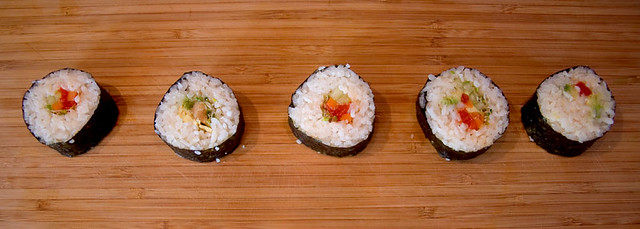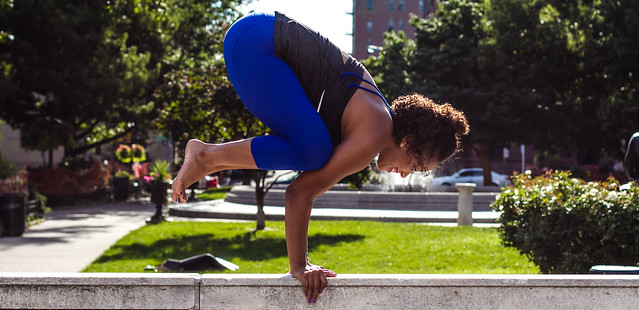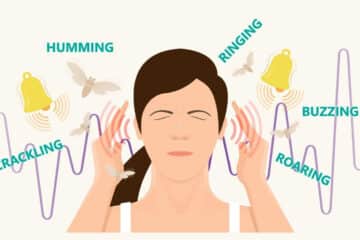How to use mindfulness in your life in 2022
This is a guest post by David Chorlton from Meaningful Paths.
Let’s face it, 2020 and 2021 were two stressful years. The global pandemic, the financial concerns and the combative politics have all combined to make life extraordinarily difficult. We have been confined to our homes, furloughed from our jobs, and forced to school our children. If there was any year to learn the value of mindfulness, it is 2022.
Mindfulness, in its simplest terms, is the art of being present. We often live our lives in the past or future, so we are either depressed by what has happened or anxious about what is to come. Living in the present
moment allows us to feel some sense of ease with our thoughts and feelings. It is not about control but
instead observing these ideas and allowing them to pass through as you experience your life as it happens.
While this makes mindfulness seems an impossible task, it is deceptively easy. Here we explore how to use mindfulness in your life this year.
What is a basic mindfulness exercise?
The Mayo Institute offers four approaches to mindfulness. The first is to pay attention. You need to slow down and notice more about what is happening around us. It is about experiencing the world with all of your senses.
The second is to live in the moment, finding simple pleasures in what you are doing right now.
Next, it is about learning to treat yourself as your friend and speak to yourself so that you would someone you were in a loving relationship with.
Finally, it is a focus on breathing. It is about noticing how the breath comes in and out of your body.
You can use these techniques in each and every part of your day. You do not have to stop to meditate or break into your daily routines.
Prepare your meals carefully
Preparing your food is a perfect opportunity to practice being present in the moment. Cooking your food from ingredients thoughtfully can encourage better health and also slow you down enough to appreciate what you eat.
Throwing meals together or grabbing a takeaway might feel convenient, but it means time speeds by, and
there is little opportunity to experience food with your senses.
Cooking mindfully means allowing you to notice the colors of the food, feel the textures as you cut through it, and the smells that fill your kitchen. Then, as you eat, you can pause long enough to feel the resistance of the food in your mouth and the subtleties of taste.
Eating food at the table and focusing on eating is the best way to do this. You can also eat slowly, deliberately chewing 30 times for a single bite before swallowing. Try it, and notice the sensations in your body. You will likely feel much calmer as you eat and move on with the day.
Look up and around when you walk
We, more often than not, walk with our eyes averted to the ground. As we move from place to place, we lose ourselves in our thoughts and miss noticing the surroundings. While keeping an eye on the ground is a good idea for your safety, it is unnecessary to see the ground every second.
Take a moment to notice the street signs or that bird that just flew past. You might take in the sound of a plane and spend a moment looking up. Shift your gaze’s focus, so you see more of what is happening around you.
Properly listen to others
Most of us listen to others while allowing our thoughts to race on to the comment we want to say next. In
short, we are not listening to the person but waiting to respond. A way of being mindful is not to assume
where the conversation is going but instead to listen carefully to the other person’s words, acknowledge them, and then give your response.
Living in the present means resisting the temptation to continually focus on what you will say next.
Only do one thing at a time
We watch TV and play on our laptops most of the time, and we might look at our phones while speaking to our friends. In short, we multitask all the time – in work and life – assuming this is a good thing.
In fact, there is a lot of merit in doing one task at a time and paying full attention to this. Noticing what you are doing fully at that moment is at the heart of mindfulness, and it can help stop your thoughts from racing.
Check in on the nature of the content you consume
It is easy to get caught up in the news, watch specific programs, and allow this content to shape your view of the world. We see drama and conflict play out in the media – whether it is mainstream or social.
Unconsciously, we then inject the same themes and emotions into our relationships. We begin to judge people through this lens, and so causes us unhappiness.
Make a conscious effort to include positive content in the media you consume. It will help dramatically
shape your mindset and feel more content in the present moment.
Mindfulness exercises!
It is possible to integrate mindfulness into your life, slowing your breathing and using your senses to notice the world around you.
Alternatively, you can try structured exercises. Exercises might include body scans, sitting mediations or
walking meditations.
A body scan starts by lying down and extending your arms and legs. Focus your attention first on your toes, the balls of your feet, your heels, your ankles, your calves, and so on up your body. Deliberately focus on each part and be aware of the sensation felt there.
Sitting meditations begin by sitting with your feet flat on the floor and your back straight. You then lay your hands on your lap and focus on the passage of your breathing through your nose, into your lungs, the
extension of your diaphragm and then back again.
Walking meditations are slow walks where you notice the subtle movements as you move and how you keep your balance. You walk for about 20 feet and then turn and return. You can keep going with this for as long as it feels comfortable for you.
Regularly, until it is a habit
The final thought on mindfulness is similar to any attempt to change your mindset. At first, you will need to remind yourself to use mindfulness consciously, and it is a good idea to set a reminder on your smart speaker.
However, soon, there will come a time when it becomes a habit, and then it will turn into how you move around the world.
Featured image courtesy of Tim Green

David Chorlton is the founder of Meaningful Paths. He has worked in the
industry for many years helping him to become a mindfulness teacher, as well as being qualified as a Positive Psychology Practitioner (CPD Certified & Regulated) and much more.





